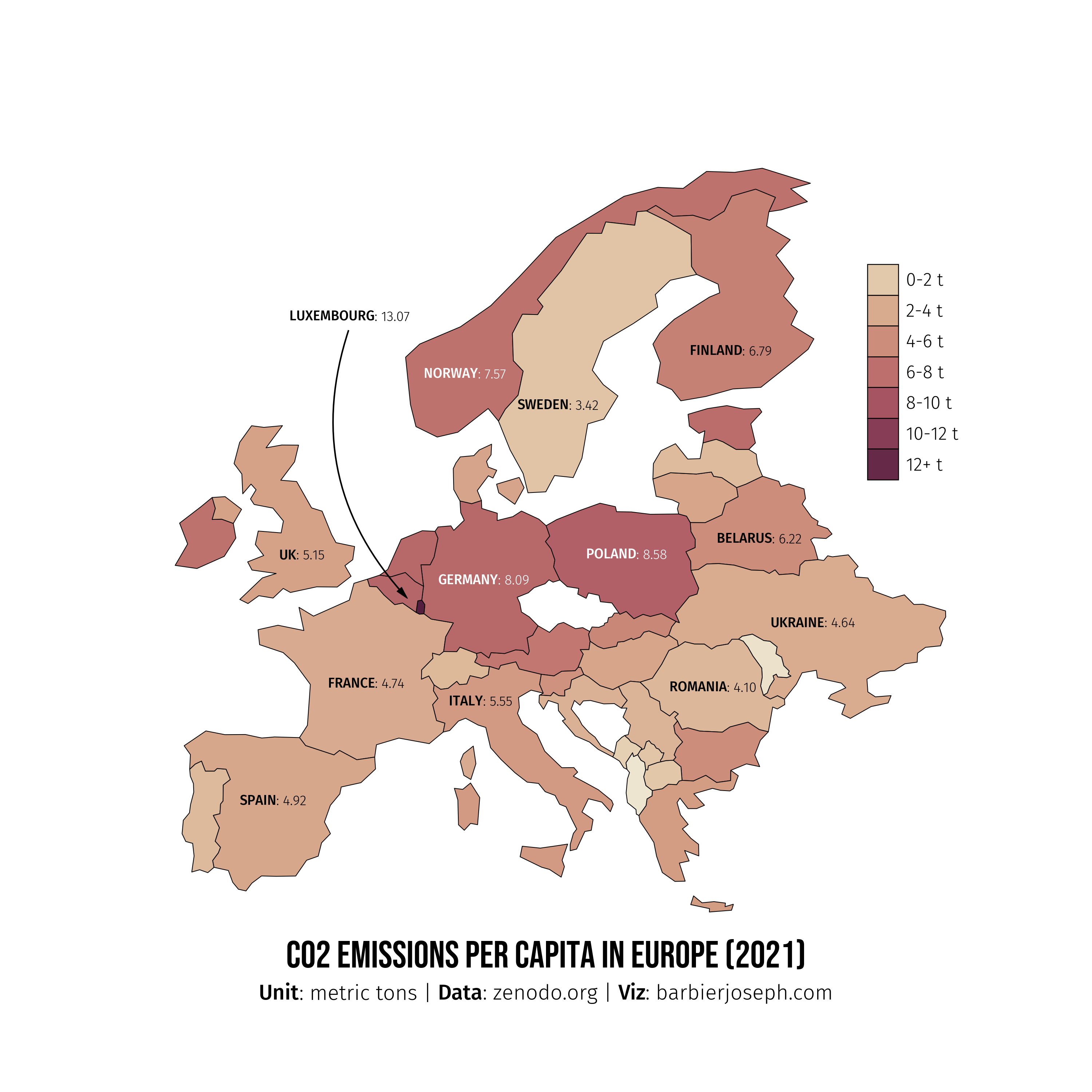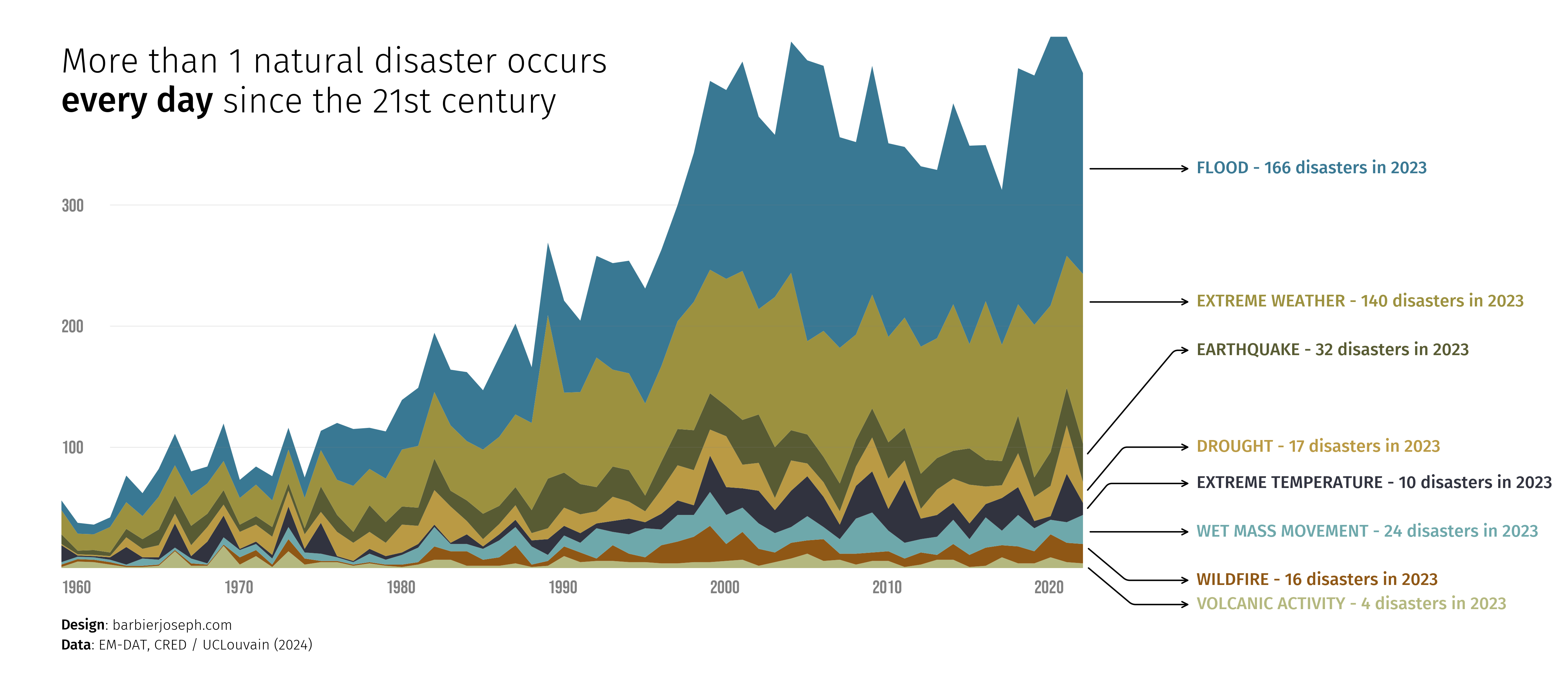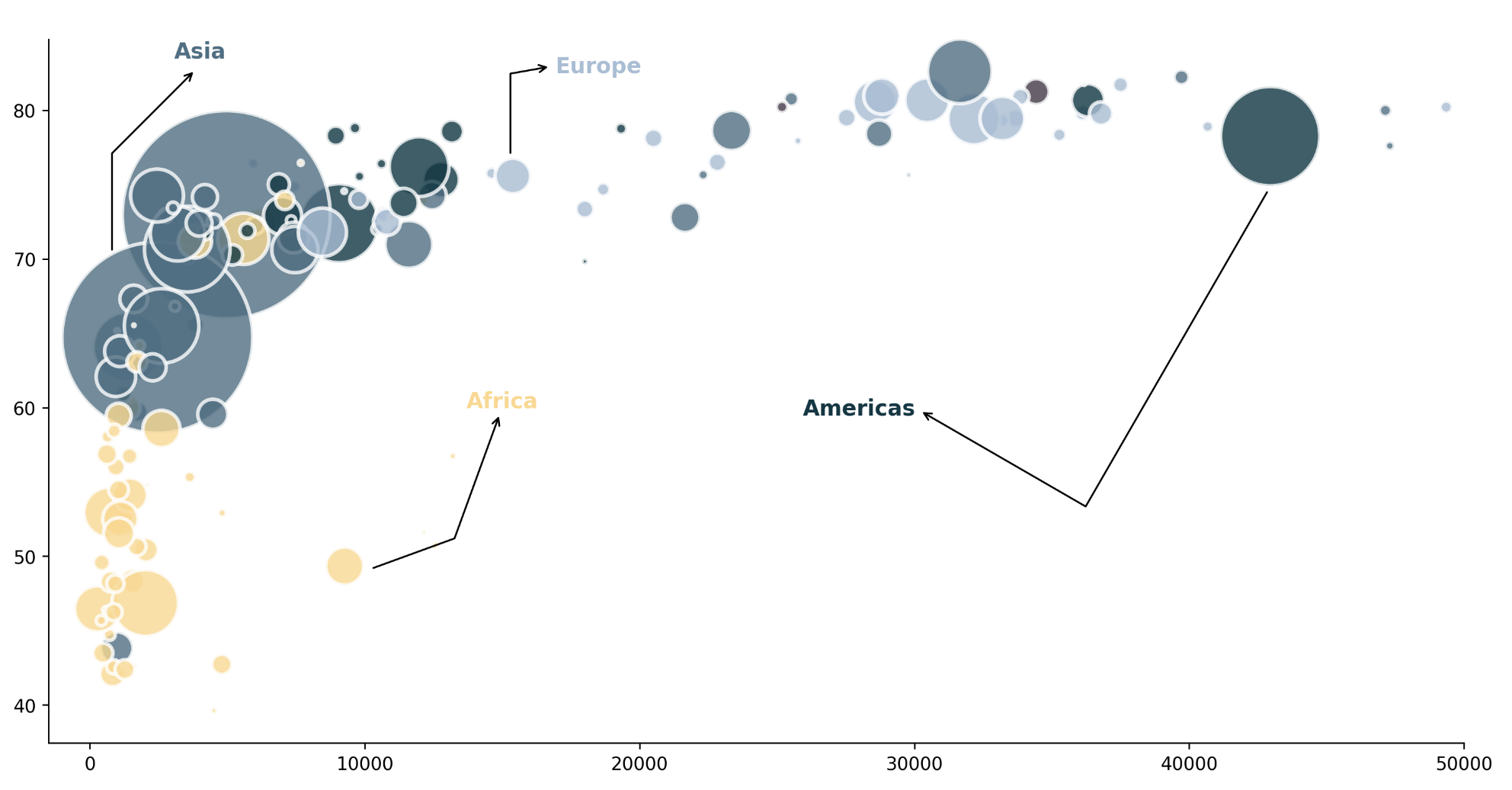A large (+2500) collection of color maps for Python.
All available palettes can be found on the dedicated website
You can find an introduction to PyPalettes in the Python Graph Gallery, with code samples and explanations about how to use this library in many different cases.
You can install pypalettes directly from PyPI with:
pip install --upgrade pypalettesAlternatively you can install the development version with:
pip install git+https://github.com/JosephBARBIERDARNAL/pypalettes.gitOnce the cmap is loaded, you can use it as any other color map in matplotlib or seaborn.
import matplotlib.pyplot as plt
from pypalettes import load_cmap
import seaborn as sns
import numpy as np
data = np.random.rand(10, 12)
cmap = load_cmap('Anemone', cmap_type='continuous')
sns.heatmap(data, cmap=cmap)
plt.show()- Load a color map:
from pypalettes import load_cmap
cmap = load_cmap('Chaetodon_sedentarius')
cmap- Transform a qualitative color map into a continuous one:
from pypalettes import load_cmap
cmap = load_cmap('Chaetodon_sedentarius', cmap_type='continuous')
cmap- Invert a color map:
from pypalettes import load_cmap
cmap = load_cmap('Chaetodon_sedentarius', reverse=True)
cmap- Get hex values of a color map:
from pypalettes import get_hex
get_hex('pupitar')['#7098C0FF', '#88C0E8FF', '#285880FF', '#B8E0F8FF', '#F8F8F8FF', '#404060FF', '#A8A8A8FF', '#C8C8D0FF', '#B04000FF']
- Get rgb values of a color map:
from pypalettes import get_rgb
get_rgb('AirNomads')[(255, 153, 51), (194, 72, 65), (255, 255, 51), (139, 91, 69), (135, 175, 209), (238, 176, 90), (219, 197, 160)]
- Combine multiple colormaps
from pypalettes import get_hex
get_hex(['Alacena', 'Antique'])['#693829FF', '#894B33FF', '#A56A3EFF', '#CFB267FF', '#D9C5B6FF', '#9CA9BAFF', '#5480B5FF', '#3D619DFF', '#405A95FF', '#345084FF', '#855C75FF', '#D9AF6BFF', '#AF6458FF', '#736F4CFF', '#526A83FF', '#625377FF', '#68855CFF', '#9C9C5EFF', '#A06177FF', '#8C785DFF', '#467378FF', '#7C7C7CFF']
More examples can be found in this introduction to PyPalettes.
Click on the image to get the associated code!
Since the core code of the library is currently quite short and simple, it does not require any major changes. However, if you feel like you have a good idea/suggestion, please open an issue.
BUT, more palettes is one easy way to make pypalettes better! Here is the best way to get started:
Note: the following steps are for Mac, but not much different in other OS.
- Fork this repo
git clone https://github.com/yourusername/pypalettes.gitcd pypalettespython -m venv venvsource venv/bin/activatepip install -r requirements.txtpip install -e .git checkout -b feature-name
Then open your code editor and open parsers/list_manual_palettes.py. You will find a dictionnary of dictionnary of manually defined palettes. Add yours at the end with the following elements:
"name": the name of your palette"palette": the colors of your palette, in the following format:["['#123456', '#654321', '#162534']"]"source": where does your palette come from? If you created it, your name or a link to your portfolio is valid!"kind": the kind of your palette. View examples at https://python-graph-gallery.com/color-palette-finder/"paletteer-kind": just put"unknown"
For a large number of palettes, please open an issue first.
PyPalettes is highly inspired (and relies on for the first one) from
- the R package paletteer
- the python package palettable.
A big thanks to Yan Holtz for:
- Creating the web app for browsing palettes
- Hosting the documentation and examples on the Python Graph Gallery
- Providing valuable feedback on the code and design of the API
99% of the palettes come from the Paletteer R package.
Learn more in the dedicated directory.








